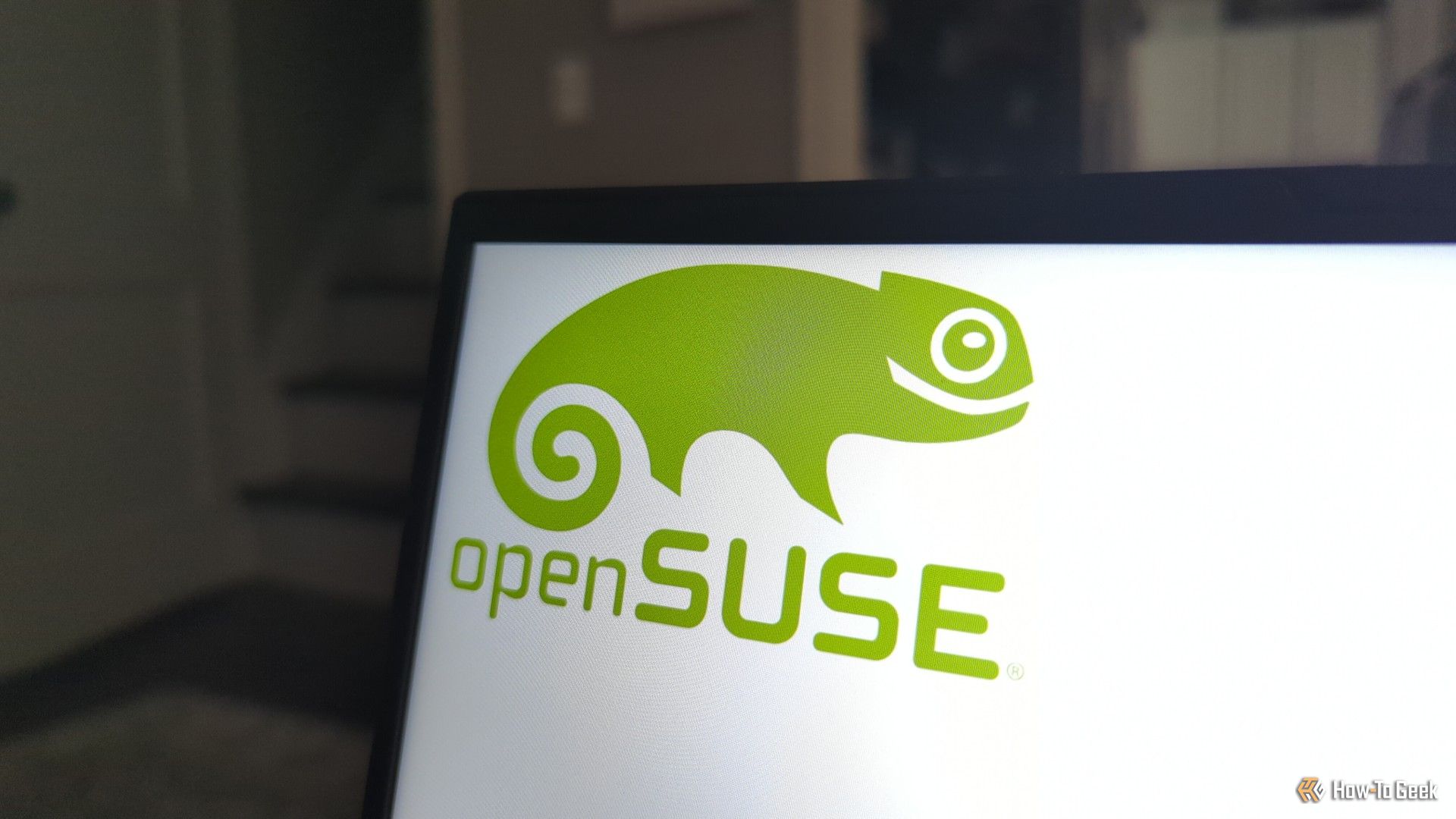Now Reading: OpenSUSE Explained: Is It the Right Linux Distro for You?
-
01
OpenSUSE Explained: Is It the Right Linux Distro for You?
OpenSUSE Explained: Is It the Right Linux Distro for You?

Quick Summary
- introduction to openSUSE:
– openSUSE is a Linux-based operating system first released in 1994.
– It’s supported by SUSE S.A., whose name stands for “Software und System-Entwicklung” (German for “Software and Systems Development”).
- Key Features:
– Three distributions available: Tumbleweed, Leap, and MicroOS.
– Leap offers stable updates with rigorous testing (similar to Ubuntu).
– tumbleweed follows a rolling release cycle with faster but riskier updates.
– MicroOS is an immutable distro prioritizing system-wide integrity during updates.
– YaST provides extensive tools for system management in both graphical and command-line forms.
- System Requirements:
– Minimum specs include:
– Storage: 40GB
– RAM: 2GB
– Processor: Dual-core at least 2GHz.
- Installation Process:
Download the ISO file from openSUSE’s official website, write it to a USB, and boot your device. Network or offline installation options are available.
Indian Opinion analysis
Linux systems like openSUSE have gained traction globally due to their adaptability, free-to-use model, and support by strong GNU licenses. For India-home to an emerging tech industry-the use of such distribution systems presents opportunities in education, digitization efforts spanning rural areas, server capabilities for startups or government projects, all while staying budget-conscious.
Moreover, the comprehensive documentation provided by platforms like openSUSE ensures smoother adoption within communities. With India’s increasing push toward homegrown development models like Digital India initiatives or support for local datacenters running robust architectures without dependency on global corporations (like windows/mac OS ecosystems),operating systems such as this might lower fiscal Tech barriers free-learningQuick summary:
- The process for installing openSUSE begins with downloading the ISO file.
- A bootable USB drive needs to be prepared using the ISO file for installation to proceed.
- Upon plugging in the bootable drive, users must select their USB drive in their BIOS’ boot menu to access the openSUSE installation option.
- Once selected, users see an initial boot menu where they can start installation after choosing “Installation.”
- openSUSE scans hardware during initial setup to determine appropriate drivers necessary for interaction. This process might take a few minutes.
- Next, users choose language and keyboard layout options; there is also an option to test these selections during setup.
- Users are required to review and accept a software license agreement before proceeding with complete installation.
Indian opinion Analysis:
the detailed guide provided outlines meticulous steps for installing openSUSE, showcasing its customizability through language and driver detection features. For Indian technology enthusiasts or professionals exploring alternate operating systems beyond mainstream choices like Windows or macOS, this presents an chance to delve into Linux-based platforms with robust control over installations.
India’s growing tech community, including startups focused on software development and IT infrastructure deployment, may find such systems valuable due to their flexibility and scalability. Emphasizing proper hardware compatibility through scanning reflects foresight catering notably well to diverse use cases-whether personal experimentation or professional implementation. as india’s digital landscape evolves further towards open-source adoption in areas like cloud computing or cybersecurity solutions, tutorials like this can aid new adopters in bridging skill gaps seamlessly while enabling cost-efficient alternatives.
Read more: LinkQuick Summary
- The article discusses the process of installing openSUSE, a Linux operating system.
- key steps include setting the timezone, creating a username/password, and configuring disk partitions.
- Users are advised to carefully review installation choices to prevent overwriting important data.
- The installation speed depends on the computer’s resources.
Indian opinion Analysis
Linux-based systems like openSUSE can play an essential role in India’s growing IT ecosystem.With its focus on customization and security, openSUSE could greatly benefit tech professionals and developers looking for alternatives to proprietary OS platforms. Moreover, adopting such tools might encourage wider skill development in open-source technologies-a strategic growth area for India given its thriving software industry. Accessible guidelines simplify adoption, reducing barriers for new users in India’s tech landscape.
For more details: Link
Quick Summary
- The article discusses openSUSE, a Linux distribution known for its robust system management tools and established community support.
- Key feature: YaST (Yet another Setup Tool), a versatile collection of system management interfaces usable in both graphical windows or terminal.
- openSUSE Tumbleweed is identified as a rolling-release edition requiring terminal-based software updates with the command
zypper dup. - Challenges for new users: Multiple software management tools can be confusing, especially when combining KDE Plasma’s interface with openSUSE’s native systems.
- Strengths highlighted: Extensive documentation, active user community, and streamlined problem-solving due to independence from upstream distributions.
- Recommended audience: Power users or PC enthusiasts cozy with exploring advanced Linux features.For beginners, alternative distros like linux Mint or elementary OS are suggested.
Indian Opinion Analysis
openSUSE’s innovation and reputation reflect how global technology ecosystems thrive on collaboration and niche specialization. While predominantly used outside India by enthusiasts or enterprise users, its strengths-such as the comprehensive YaST toolset-could interest Indian power users looking for reliable alternatives to mainstream OS options like windows. However, its complexity may dissuade non-tech-savvy individuals unfamiliar with Linux ecosystems.
For educational institutions in India focusing on fostering computational skills among students, such distros present an opportunity to encourage learning outside proprietary platforms. Greater awareness could drive adoption among developers seeking customizability without vendor lock-in. Though, usability challenges remain a barrier for broader penetration into PC user bases accustomed to intuitive interfaces.
Read More: https://www.howtogeek.com/what-is-opensuse-linux/

























